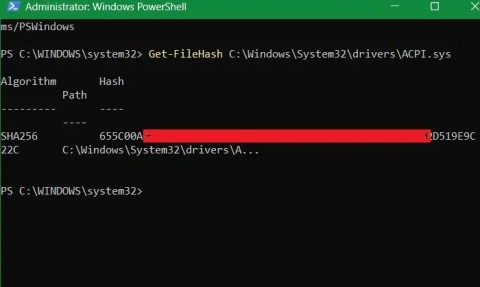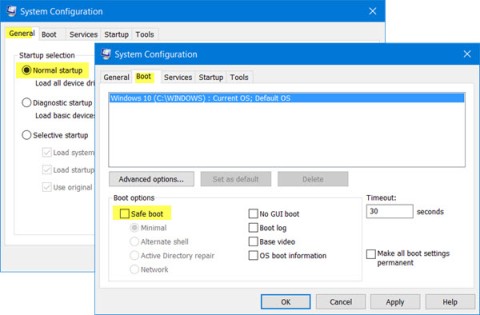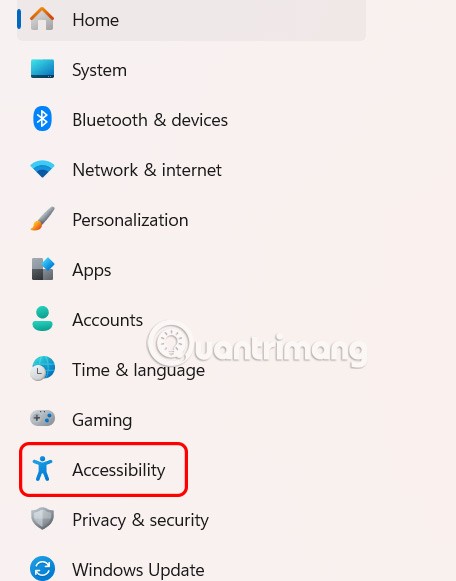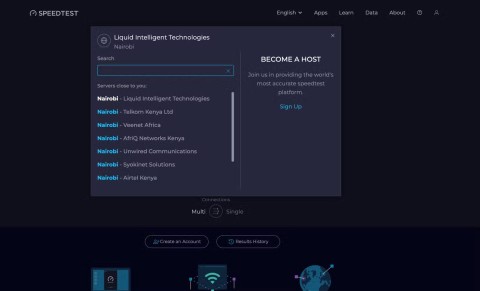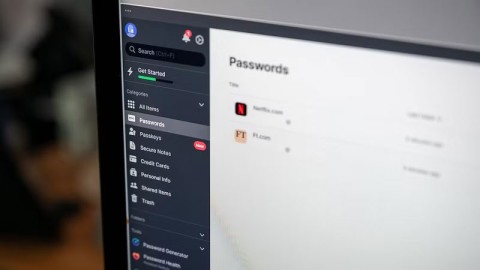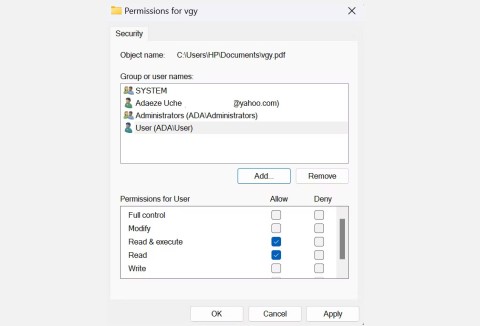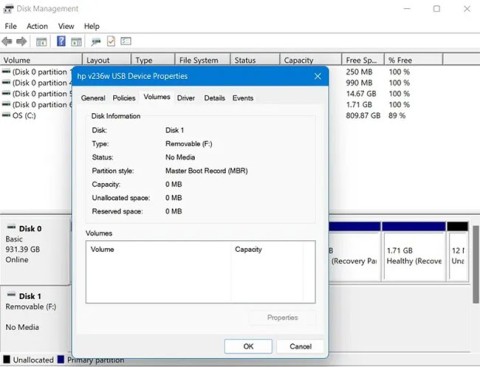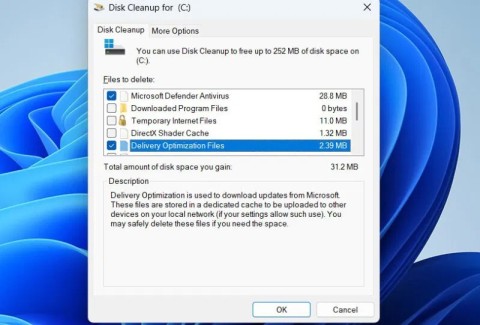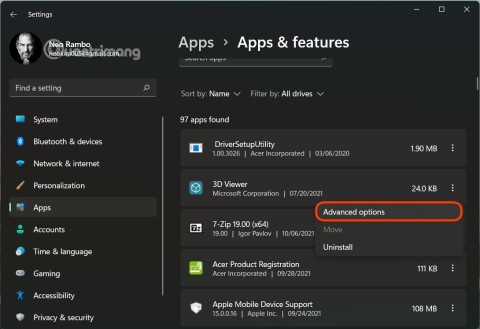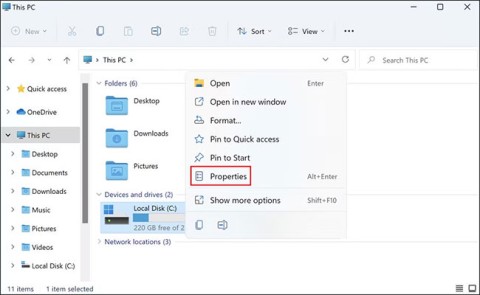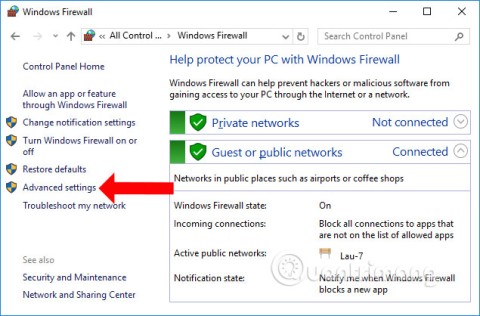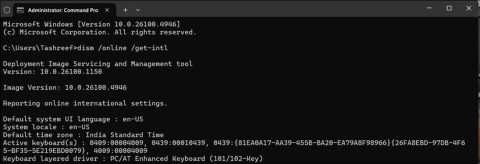If you want to create a private cloud to share and transfer large files without any limits, you can create an FTP Server (File Transfer Protocol Server) on your Windows 10 computer.
See more: Instructions for setting up a personal FTP Server using FileZilla
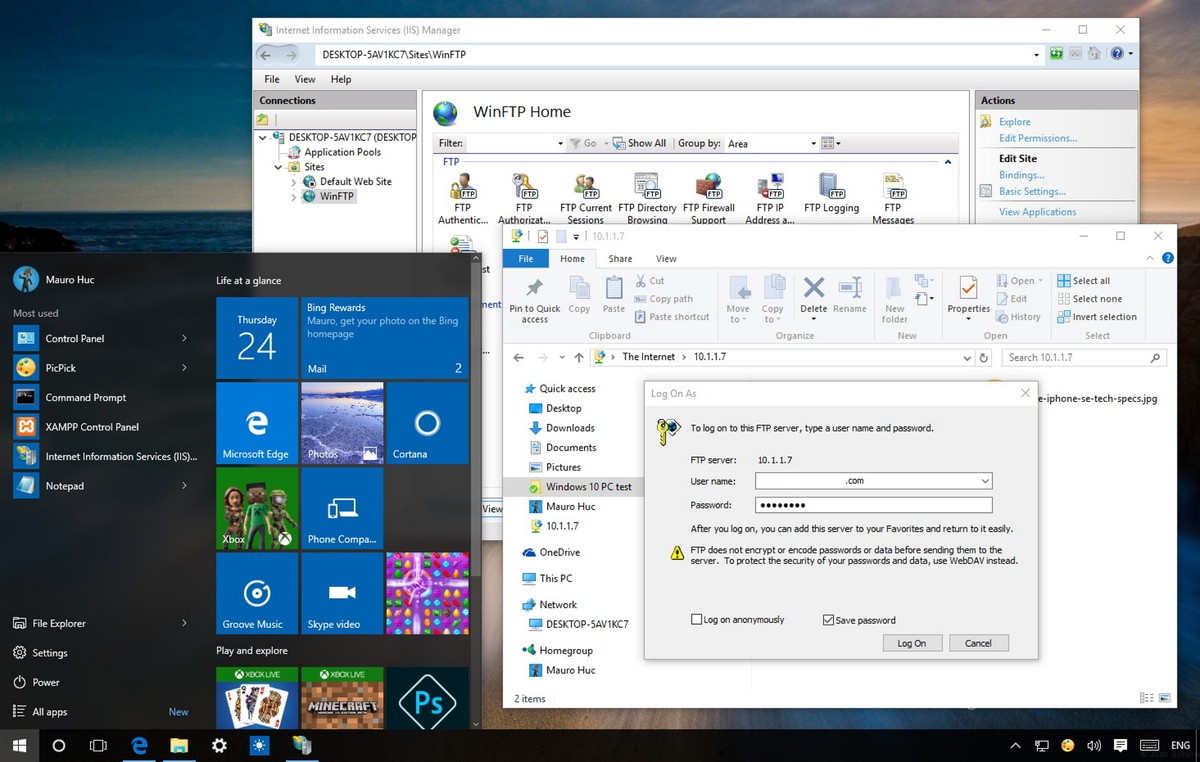
1. Install FTP Server on Windows 10
Similar to previous versions, Windows 10 also has the necessary elements to run FTP Server integrated. Follow the steps below to install FTP Server on your Windows 10 computer:
1. Press the Windows + X key combination to open the Power Menu and select Programs and Features .
2. Click the Turn Windows features on or off link .

3. Expand Internet Information Services then check the FTP Server option .
4. Expand FTP Server and check FTP Extensibility .
5. Check Web Management Tools with default options.
6. Click OK to start the installation.
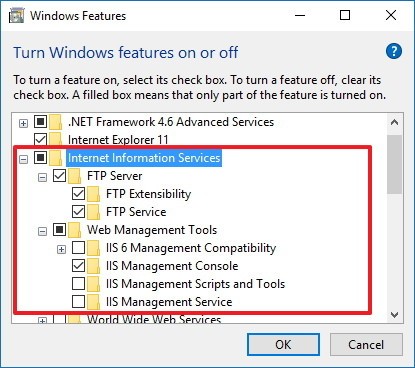
7. Click Close .
2. Configure FTP site on Windows 10
Once you have installed the necessary elements to run FTP Server on your Windows 10 computer, proceed to create an FTP site:
1. Press the Windows + X key combination to open the Power User menu and select Control Panel.
2. Open Administrative Tools .
3. Double-click Internet Information Services (IIS) Manager .
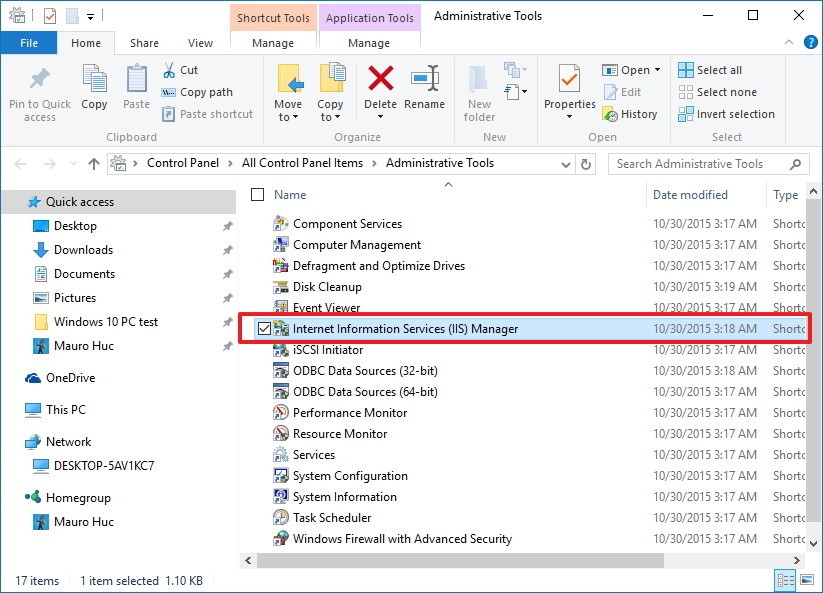
4. Expand the Connection panel and right-click Site.
5. Select Add FTP Site .
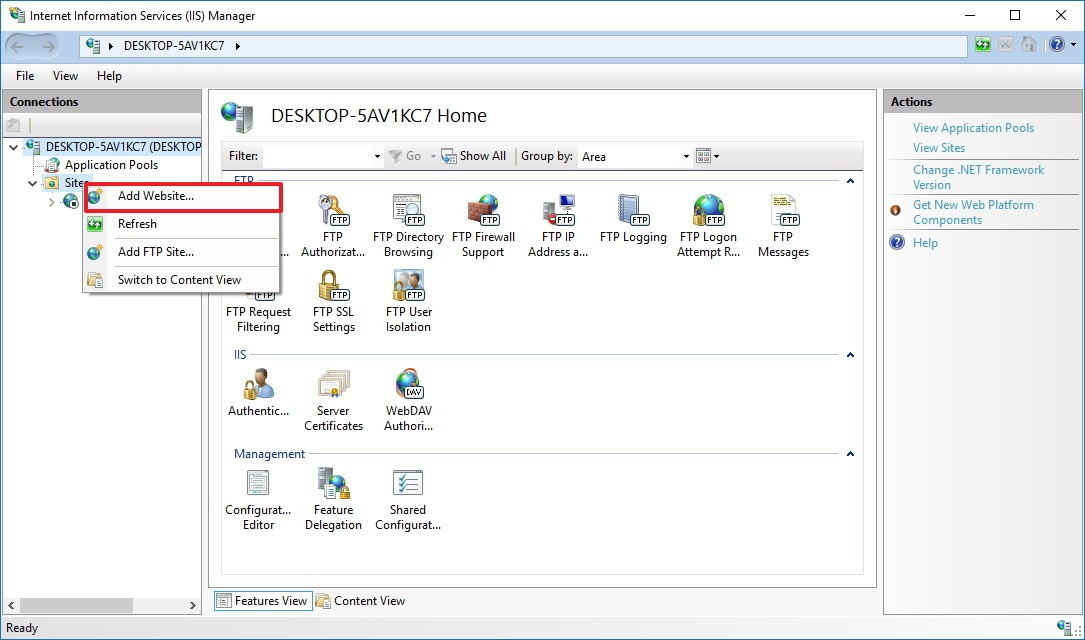
6. Name your new FTP site and enter the path to the FTP folder you want to use to send and receive files.
Note:
You can use the Make New Folder button to create a specific folder to contain FTP files.
7. Click Next .
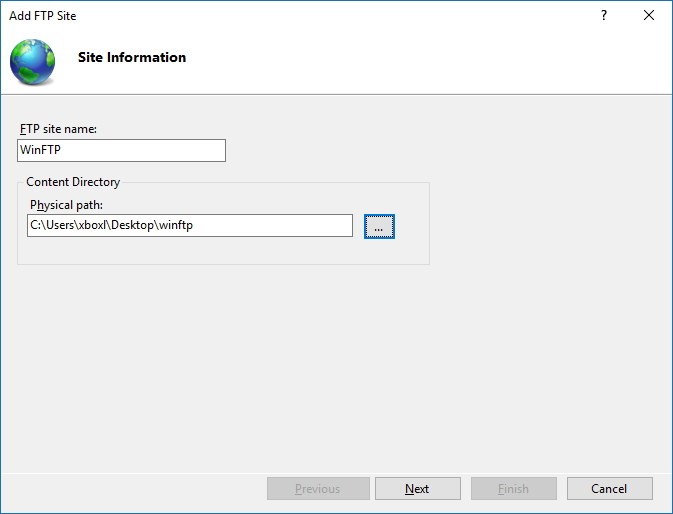
8. On the Binding and SSL Settings interface, leave all default settings, change the SSL option to No SSL .
9. Click Next.
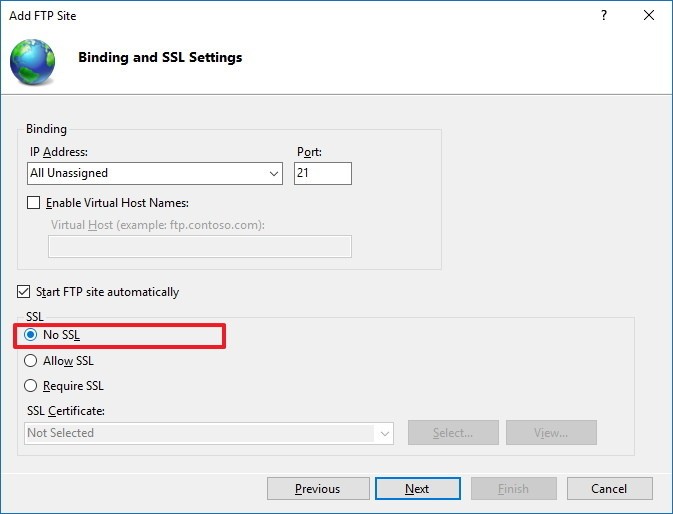
10. In the Authentication section, check the Basic option .
11. In the Authorization section, select Specified users from the drop-down menu.
12. Enter your Windows 10 account email address or Local account name that allows you to access the FTP Server.
13. Check the Read and Write options .
14. Click Finish.
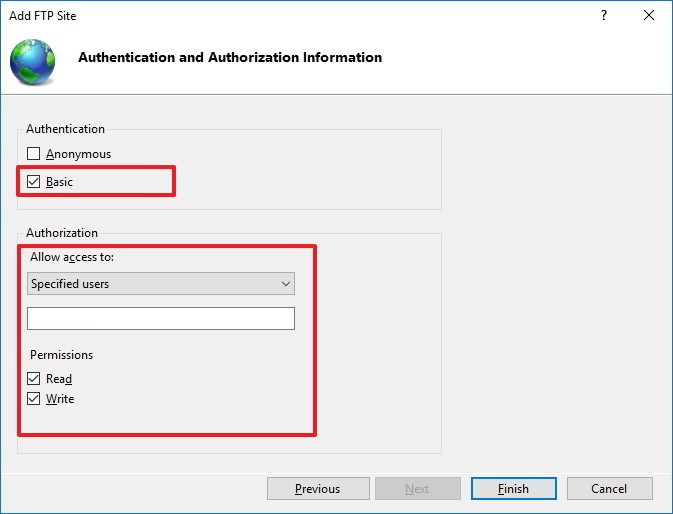
3. How to allow FTP Server through Windows Firewall?
If Windows Firewall is running on your computer, the Firewall will block any connection trying to access the FTP Server.
Follow the steps below to allow FTP Server through the Firewall:
1. Open the Start Menu, then type Windows Firewall in the Search box and press Enter.
2. Click the Allow an app or feature through Windows Firewall link .
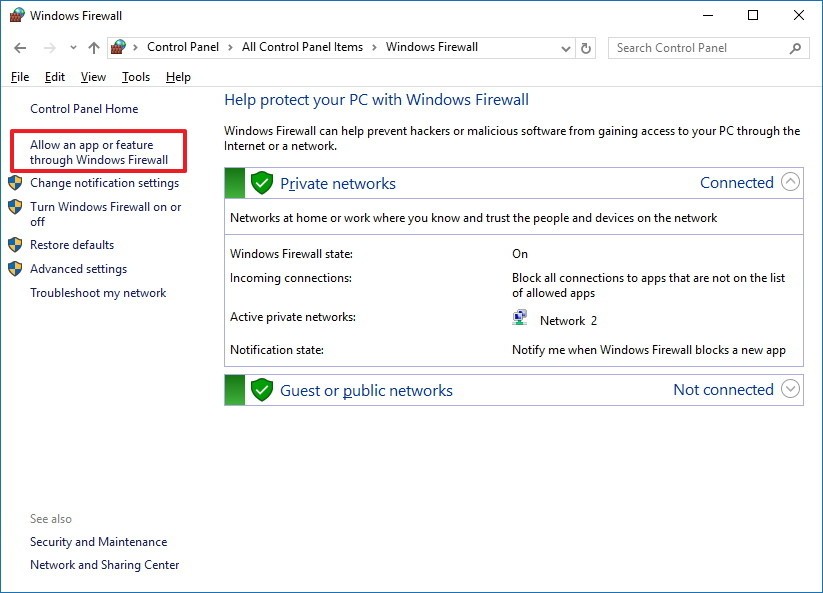
3. Click Change Settings .
4. Select FTP Server and check both Private and Public options .
5. Click OK.
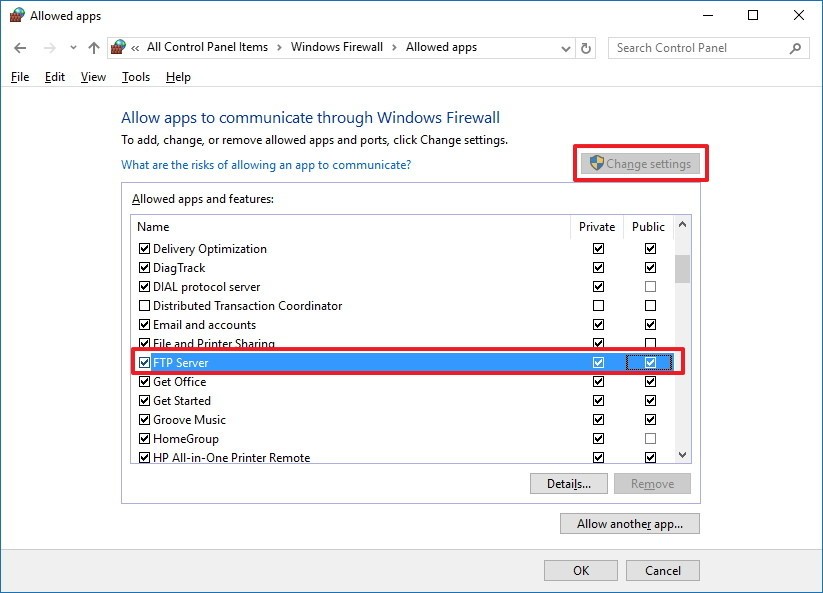
From now on you can use FTP client to connect to the FTP Server you just created on Local Network.
4. How to configure the Router to allow external connections?
In order for your FTP Server to connect to the Internet, you must configure your Router to open port number 21 in TCP/IP to allow connections to your computer.
1. Press Windows + X key combination to open Power User Menu and select Command Prompt.
2. Type the command ipconfig into the Command Prompt window and press Enter.
3. Note down the Default Gateway IP address. The Default Gateway IP address is your Router address.
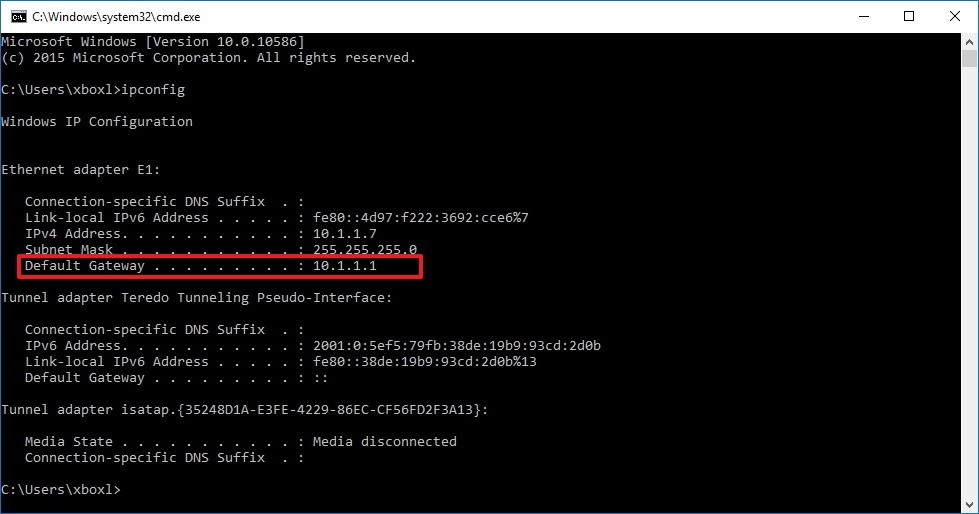
4. Open the default browser on your computer.
5. In the address bar, enter the Router's IP address (which is the Default Gateway IP address you noted above) and press Enter.
6. Log in with your Router information.
7. Look for Port Forwarding (usually this option is under WAN or NAT settings).
8. Create a new Port Forwarding including the following information:
Service name: Any name you want to use. For example FPT-Server.
Port rage: Use port 21.
Computer TCP/IP address : Open Command Prompt then type ipconfig into the Command Prompt window. The IPv4 address is the computer's TCP/IP address.
Local TCP/IP port: Use port 21.
Protocol : TCP.
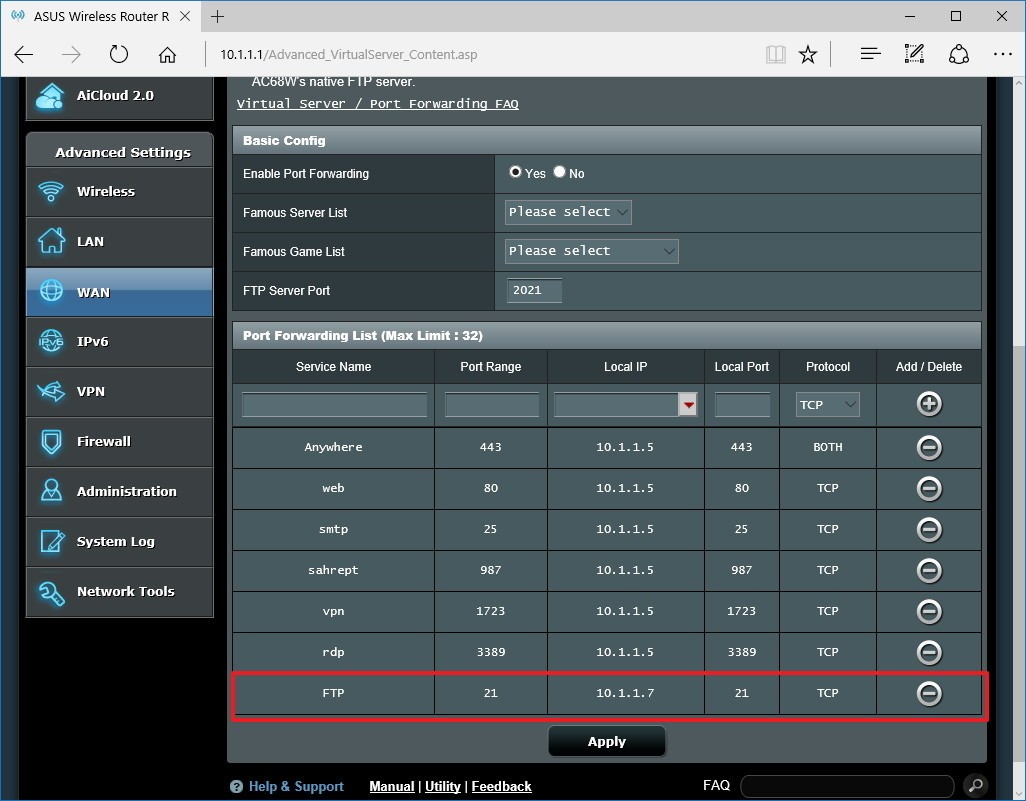
9. Apply changes and save the new Router configuration.
5. Access FTP Server on any computer
Here is the fastest way to check FTP Server after configuring Firewall and Port Forwarding 21 on Router:
Open the default browser on your computer then enter the IP address, FTP link format in the browser address bar and press Enter.
Your IP address for example is FTP://192.168.1.105.
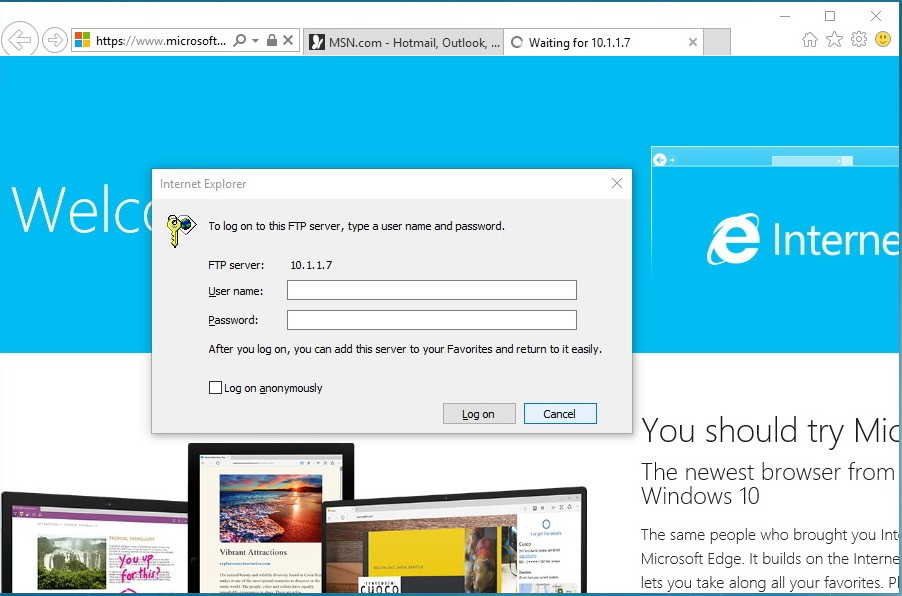
To check your FTP Server's Internet connection, go to Google or Bing and search for What's my IP?
Note down the IP address result and enter that IP address into the browser address bar using the FTP link format and press Enter.
6. How to upload files on FTP Server Windows 10?
1. Press Windows + E key combination to open File Explorer.
2. In the address bar, enter your Public IP address in FTP format, such as FTP://172.217.3.14.
3. Enter username and password.
4. Check the Save password option.
5. Click Log on.
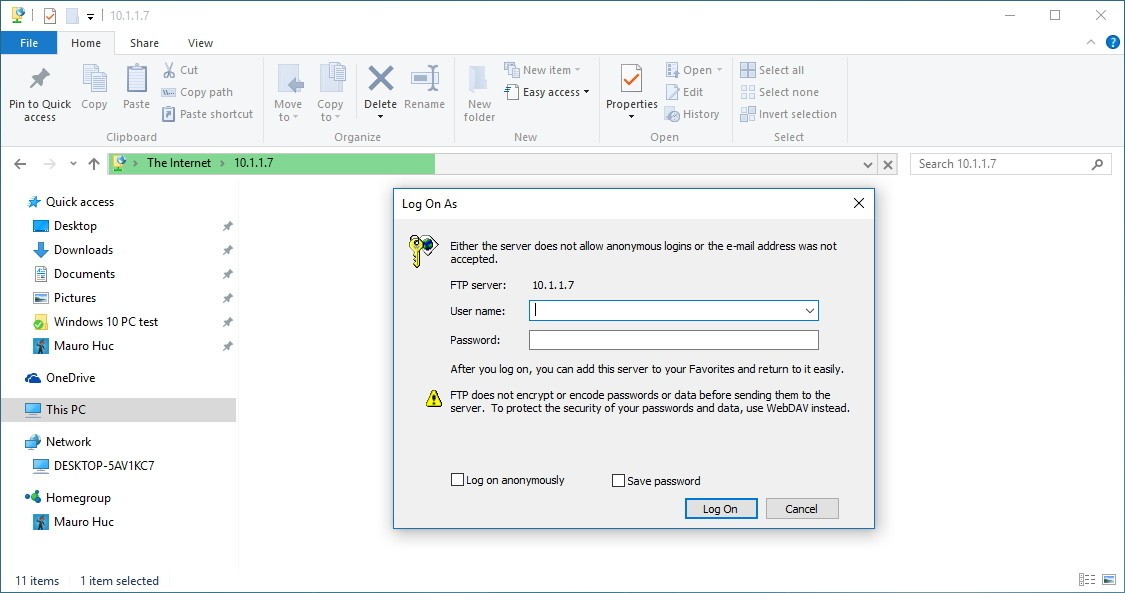
You can also right-click Quick Access in the left pane and select Pin current folder to Quick Access to easily reconnect to the FTP server next time.
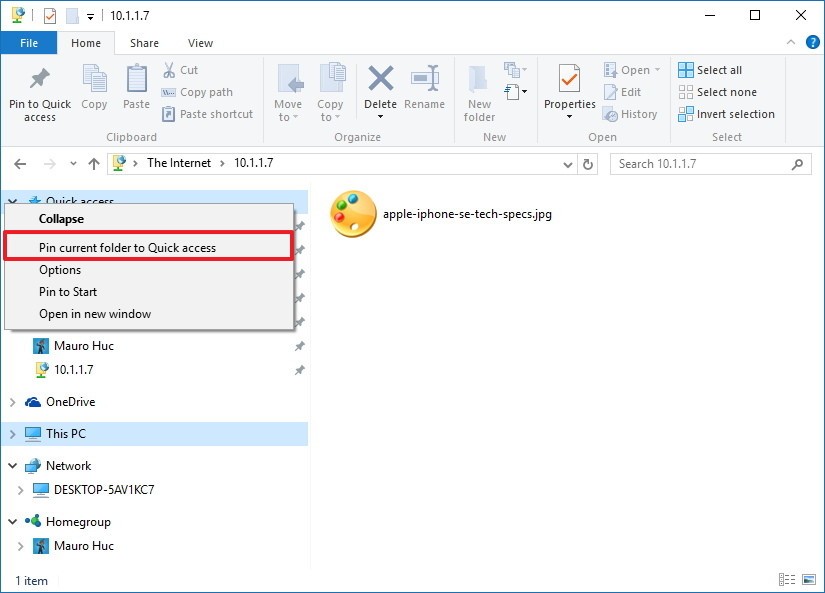
7. How to create multiple FTP accounts on Windows 10?
If you want to allow multiple users to access the FTP Server, you must create a new Windows 10 account for each user to access, associate these accounts with the FTP folder, and configure the appropriate settings. To do this, follow the steps below:
Add a new user account on Windows 10:
1. Press the Windows + I key combination to open the Settings menu.
2. Click Accounts.
3. Click on Family & other users.
4. Click Add someone else to this PC.
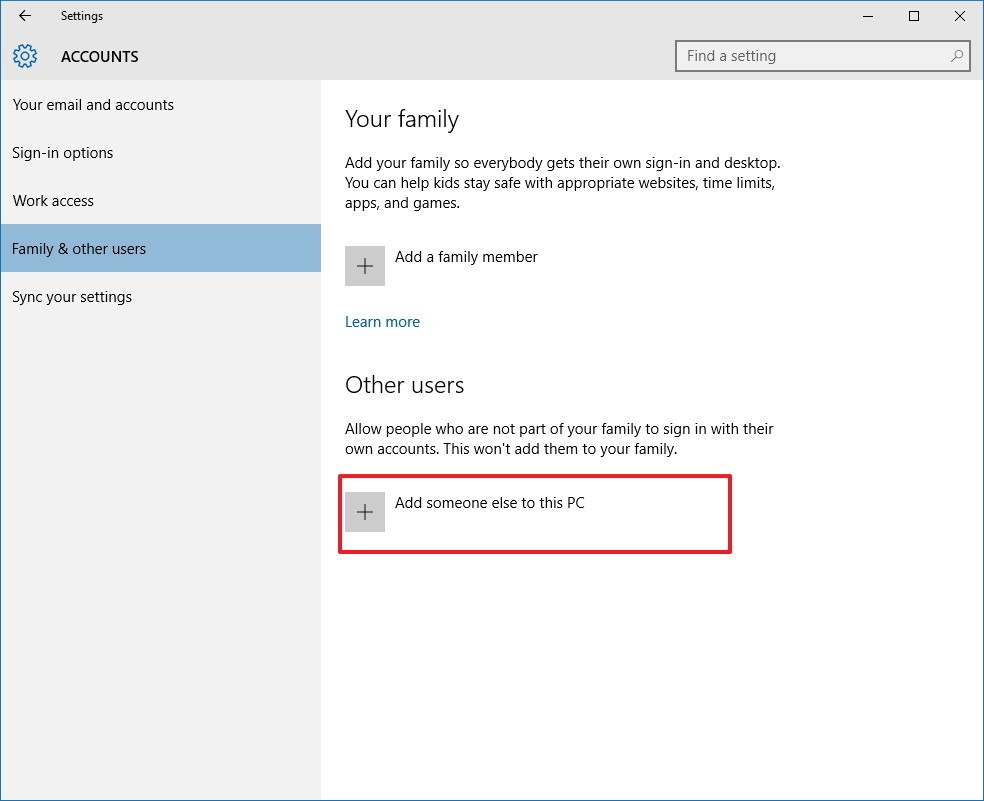
5. Click the link I don't have this person's sign-in information.
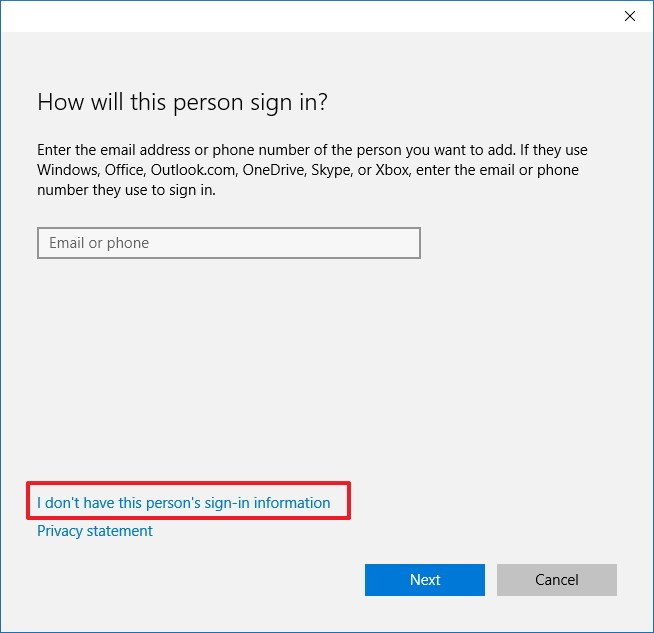
6. Click the Add a user without a Microsoft account link .
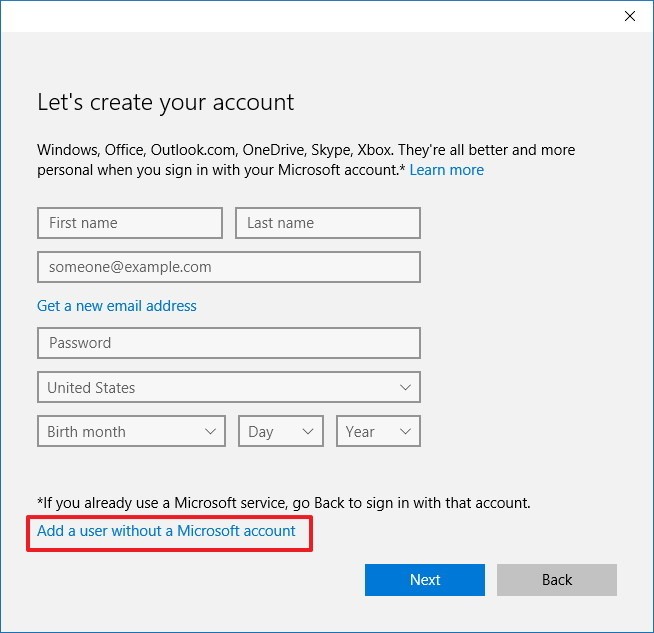
7. Enter user account information and click Next to complete.
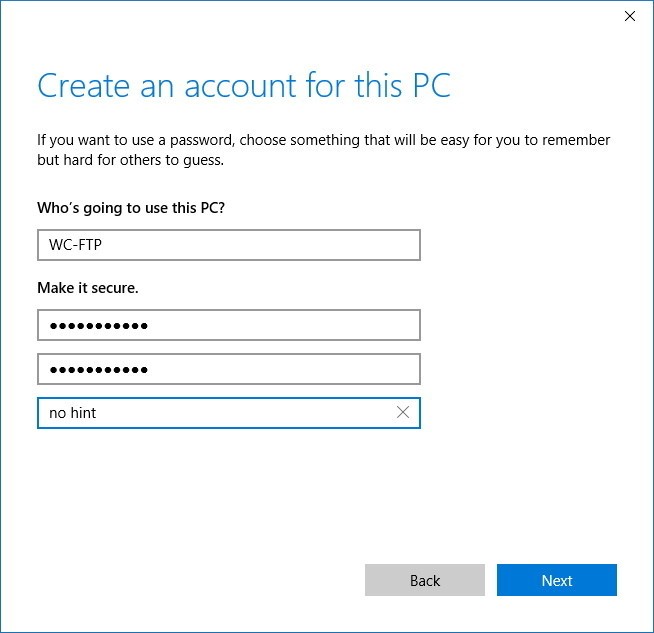
Add a user account to access the FPT folder:
1. Right-click on the FPT folder and select Properties .
2. Click the Security tab.
3. Click Edit.
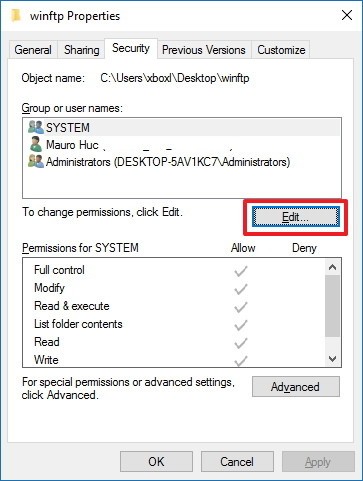
4. Click Add.
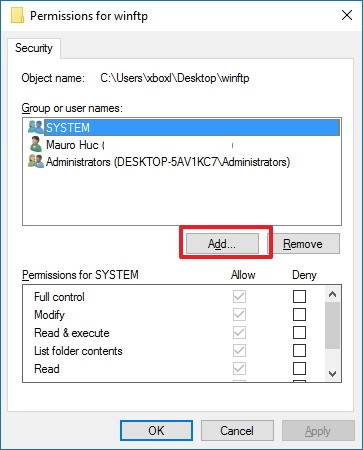
5. Enter the user account name and click Check Name.
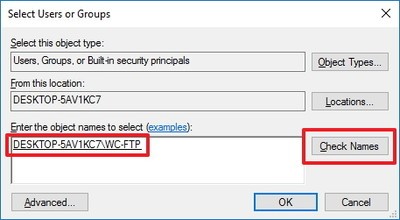
6. Click OK.
7. Under Group or user names, select the user account name you just created and select the appropriate permissions.
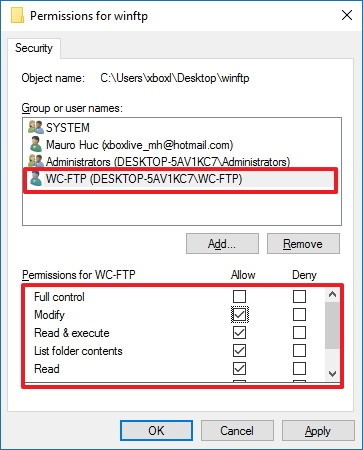
8. Click Apply .
9. Click OK.
Configure new user account to access FPT Server:
1. Press the Windows + X key combination to open the Power User Menu and select Control Panel.
2. Open Administrative Tools.
3. Double-click Internet Information Services (IIS) Manager.
4. Expand Sites.
5. Select the FTP site then double click Authorization Rules .
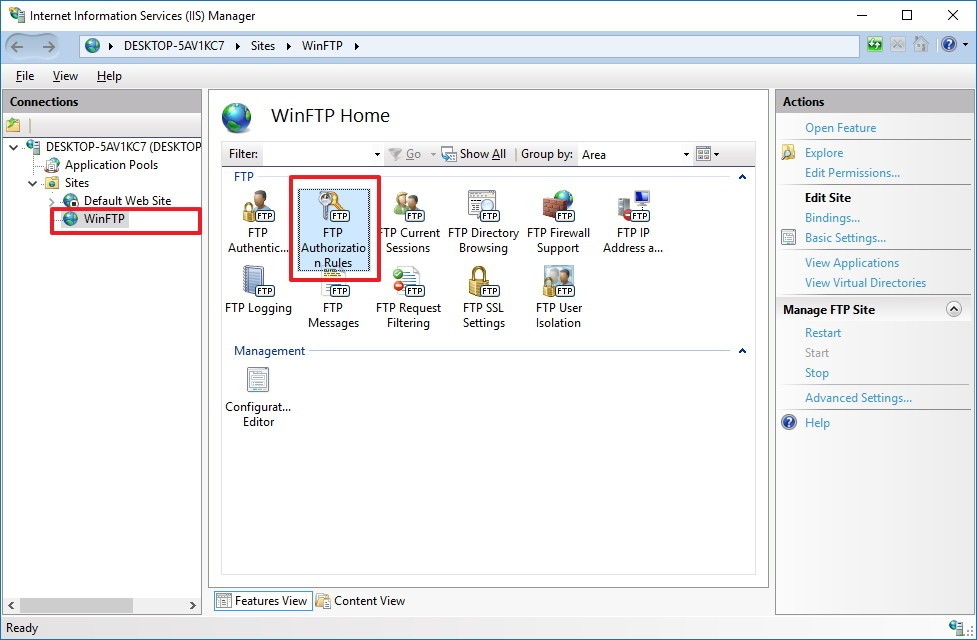
6. Right-click and select Add Allow Rules.
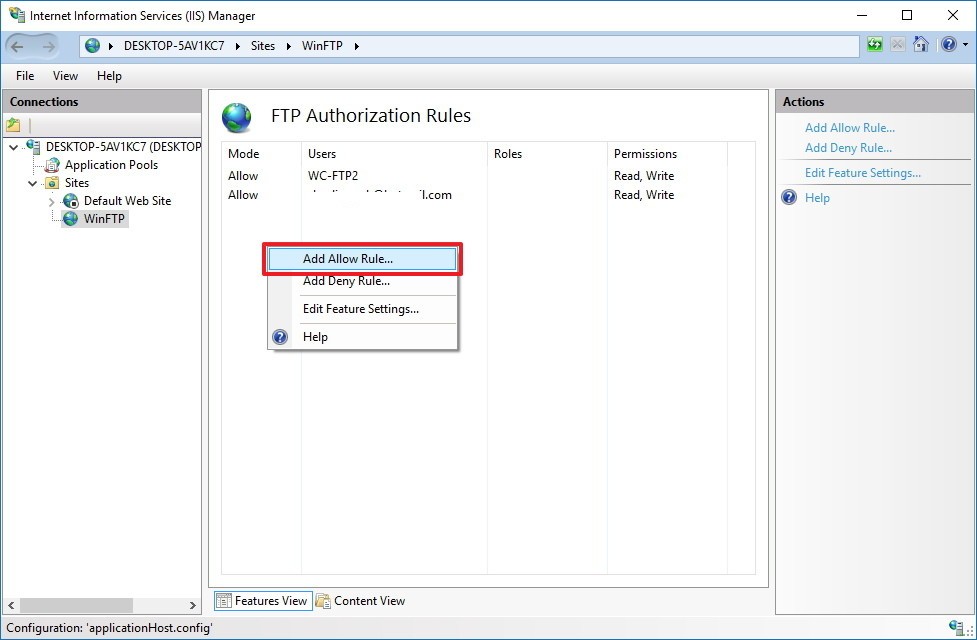
7. Select Specified user and enter the name of the new user account you just created.
8. Set Read and Write permissions if you want to allow users access.
9. Click OK .
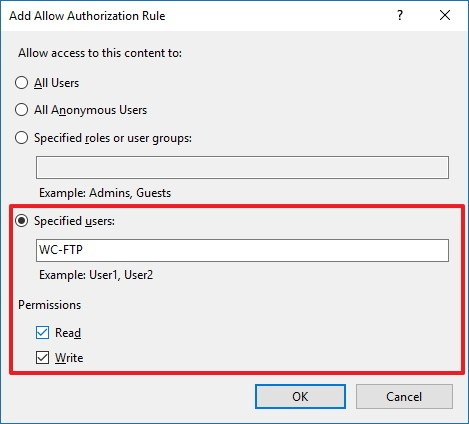
See more articles below:
Good luck!
